AIT will be exhibiting at the 2017 annual ASNT conference October 30th to November 2nd. This years annual ASNT conference will be held at the Gaylord Opryland Resort and Convention Center. You can find us at the conference entrance booth 1000.
AIT will be exhibiting our video borescopes, pipe inspection cameras, Tank and Vessel inspection cameras, Small diameter inspection solutions and other remote visual inspection equipment. We look forward to speaking with you about your remote visual inspection requirements and how AIT can help.
Equipment you can look forward to seeing includes:
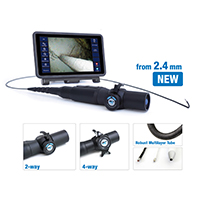 The NEW X-LED Plus videoscope will be available for demo! The new high definition video borescope offers probes from 2.4mm diameter and lengths up to 7.5m. An HD camera provides brilliant resolution. A high high defintion 7" widescreen LCD with a touch screen user interface makes inspections a breeze.
The NEW X-LED Plus videoscope will be available for demo! The new high definition video borescope offers probes from 2.4mm diameter and lengths up to 7.5m. An HD camera provides brilliant resolution. A high high defintion 7" widescreen LCD with a touch screen user interface makes inspections a breeze.
The Mentor Visual IQ is the most advanced high resolution 3D measurement video borescope manufactured. The Mentor IQ is available with fully interchangeable probes with diameters of 4.0, 6.1, 6.2 and 8.4mm. The system boasts the most complete set of interchangeable tip optics including 3D stereo and 3D phased measurement. A high resolution TFT touch screen LCD makes the user interface a breeze.
The PTZx Portable inspection system is tank and vessel inspection cameras will be available at the ASNT conference. Perfect for inspection of tanks, vessels, drums and other large confined spaces. State-of-the-art white LED lighting provides over 1000 lumens of light along with add-on auxiliary lighting brightens the darkest of environments. Coupled with a low-lux, high-resolution CCD imager, zoom optics, continuous pan rotation and 270° of tilt, this sub-4" camera provides excellent quality images with which well-informed decisions can be made.
The MC360 is the best industrial pan and tilt pipe inspection camera. AIT will have the MC360 available for view to show off the ability to inspection long lengths of pipes and other lines without missing any detail. The 50mm diameter head is the smallest diameter pan and tilt camera head in it’s class. The small diameter allows you to inspect smaller pipes that other systems can’t.

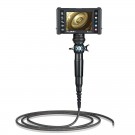


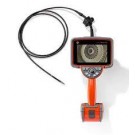
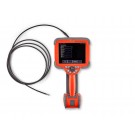
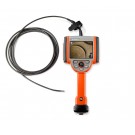
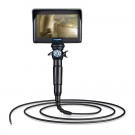

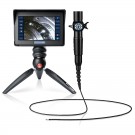
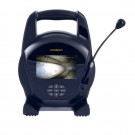
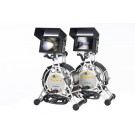
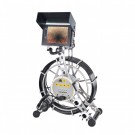

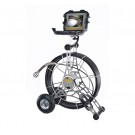


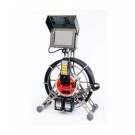
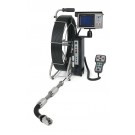
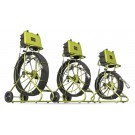
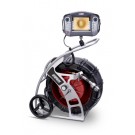
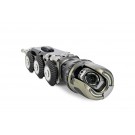
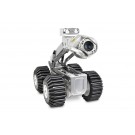
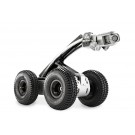


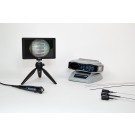


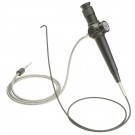

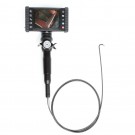

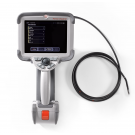
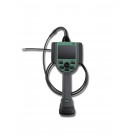
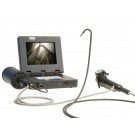
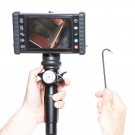
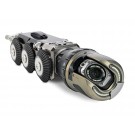
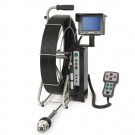
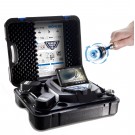
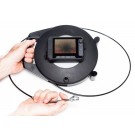
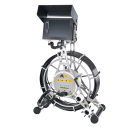

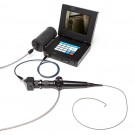

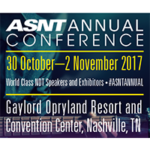
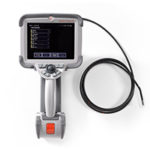
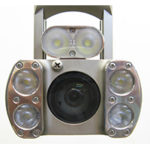
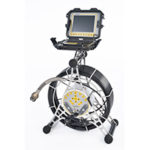
 Portable Videoscope inspection for Wind Turbine Inspections
Portable Videoscope inspection for Wind Turbine Inspections ther critical components. A
ther critical components. A 


 Borescope inspection of an engine internally “on the wing” for signs of FOD, wear, thermal and mechanical damage is a common practice. Turbine borescope inspections help maintain the reliability of the aircraft gas turbine. This means commercial, military and business aviation greater safety and more time that an engine can operate on wing without costly and time consuming tear down and unnecessary maintenance. Today many aircraft turbine borescope inspections are mandated by the FAA and manufacturers.
Borescope inspection of an engine internally “on the wing” for signs of FOD, wear, thermal and mechanical damage is a common practice. Turbine borescope inspections help maintain the reliability of the aircraft gas turbine. This means commercial, military and business aviation greater safety and more time that an engine can operate on wing without costly and time consuming tear down and unnecessary maintenance. Today many aircraft turbine borescope inspections are mandated by the FAA and manufacturers. 